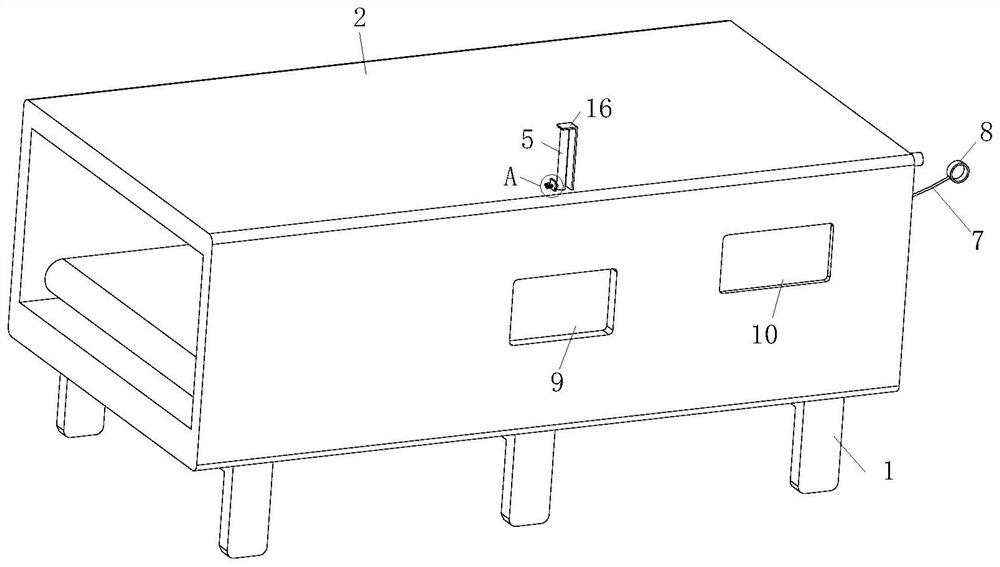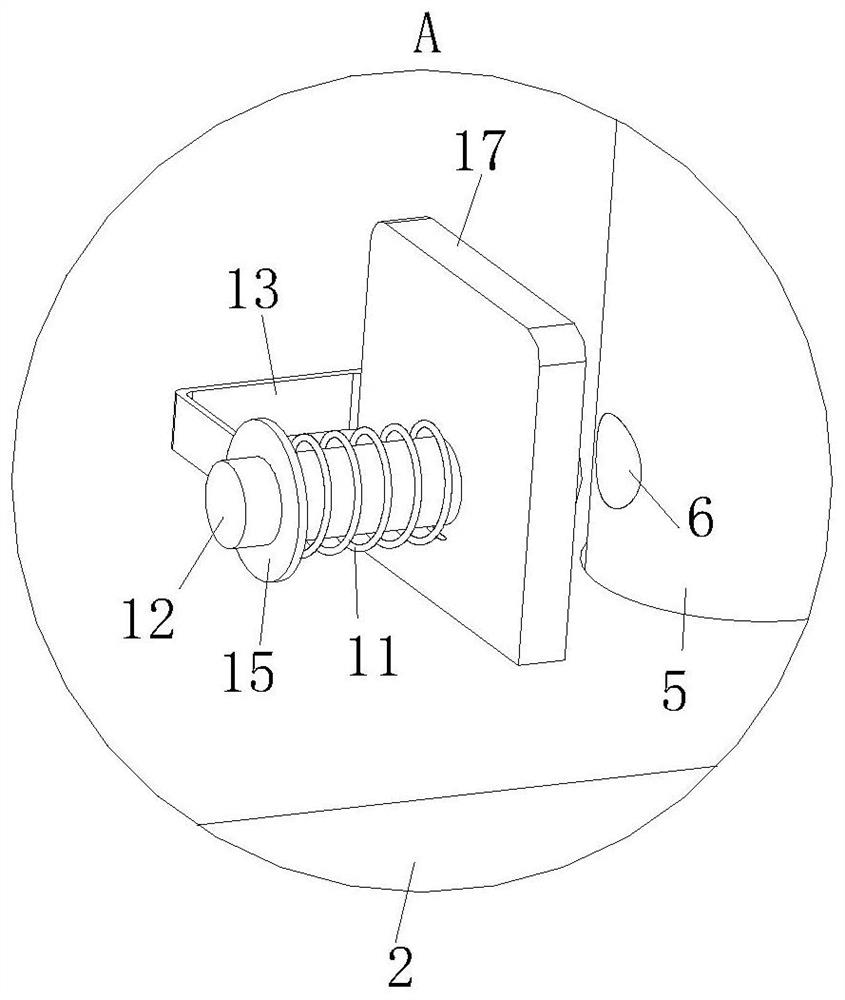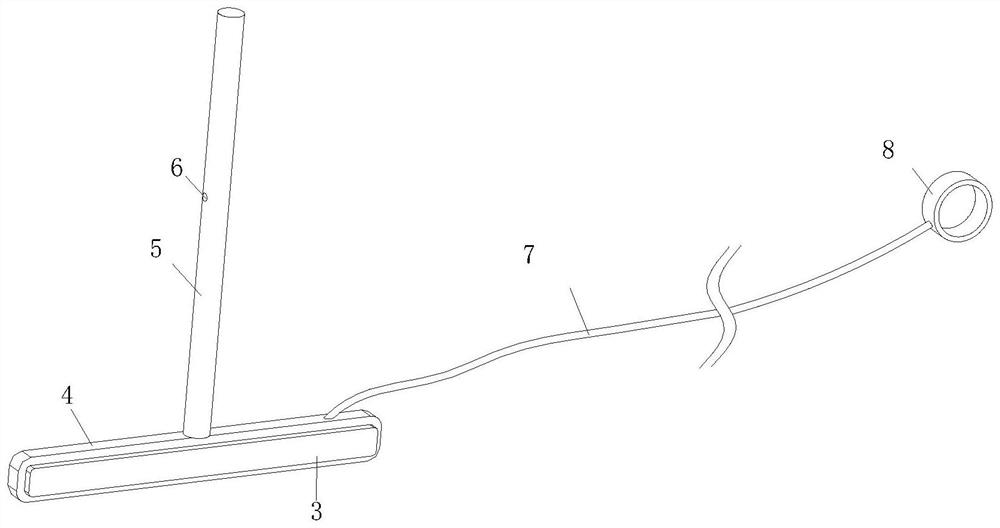Nanometer material modified plastic and preparation method thereof
A nanomaterial and plastic technology, applied in the field of plastic processing, can solve the problems of blurred glass and inability to see the working conditions of drying equipment.
- Summary
- Abstract
- Description
- Claims
- Application Information
AI Technical Summary
Problems solved by technology
Method used
Image
Examples
Embodiment 1
[0041] A nanomaterial-modified plastic, comprising the following raw materials in parts by weight: 88 parts of polymethyl methacrylate; 79 parts of polycarbonate; 7 parts of isocyanate; 3 parts of phthalate; 30 parts of olefin copolymer elasticity; 17 parts of heat-resistant polyamide resin; 14 parts of polyimide fiber; 13 parts of high temperature resistant adhesive.
[0042] By heating the plastic made with this formula, observe at what temperature the plastic begins to melt.
Embodiment 2
[0044] A nanomaterial-modified plastic, comprising the following raw materials in parts by weight: 100 parts of polymethyl methacrylate; 85 parts of polycarbonate; 10 parts of isocyanate; 6 parts of phthalate; 35 parts of olefin copolymer elasticity; 23 parts of heat-resistant polyamide resin; 21 parts of polyimide fiber; 17 parts of high temperature resistant adhesive.
[0045] By heating the plastic made with this formula, observe at what temperature the plastic begins to melt.
Embodiment 3
[0047] A nanomaterial-modified plastic, comprising the following raw materials in parts by weight: 111 parts of polymethyl methacrylate; 89 parts of polycarbonate; 14 parts of isocyanate; 9 parts of phthalate; 39 parts of olefin copolymer elasticity; 28 parts of heat-resistant polyamide resin; 26 parts of polyimide fiber; 21 parts of high temperature resistant adhesive.
[0048] By heating the plastic made with this formula, observe at what temperature the plastic begins to melt.
[0049] Table I
[0050] temperature Example 1 Example 2 Embodiment 3 254℃ melt not melted melt 278℃ melt not melted melt 264℃ melt not melted not melted
[0051] According to the above examples, the important proportions in Example 2 are the best, and the plastics of this formula have the best heat-resistance effect.
[0052] see Figure 1-5 shown, including the following raw materials by weight:
[0053] 88-111 parts of polymethyl methacrylate;
...
PUM
 Login to View More
Login to View More Abstract
Description
Claims
Application Information
 Login to View More
Login to View More - R&D Engineer
- R&D Manager
- IP Professional
- Industry Leading Data Capabilities
- Powerful AI technology
- Patent DNA Extraction
Browse by: Latest US Patents, China's latest patents, Technical Efficacy Thesaurus, Application Domain, Technology Topic, Popular Technical Reports.
© 2024 PatSnap. All rights reserved.Legal|Privacy policy|Modern Slavery Act Transparency Statement|Sitemap|About US| Contact US: help@patsnap.com










